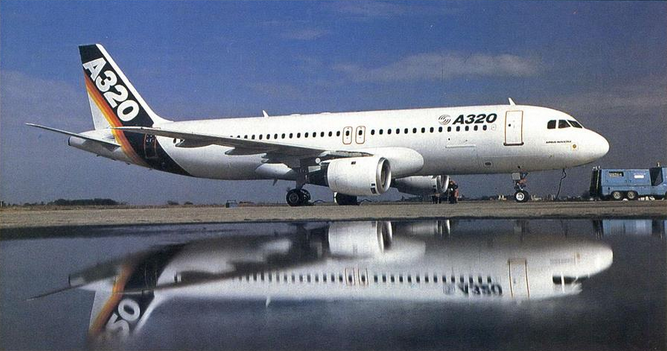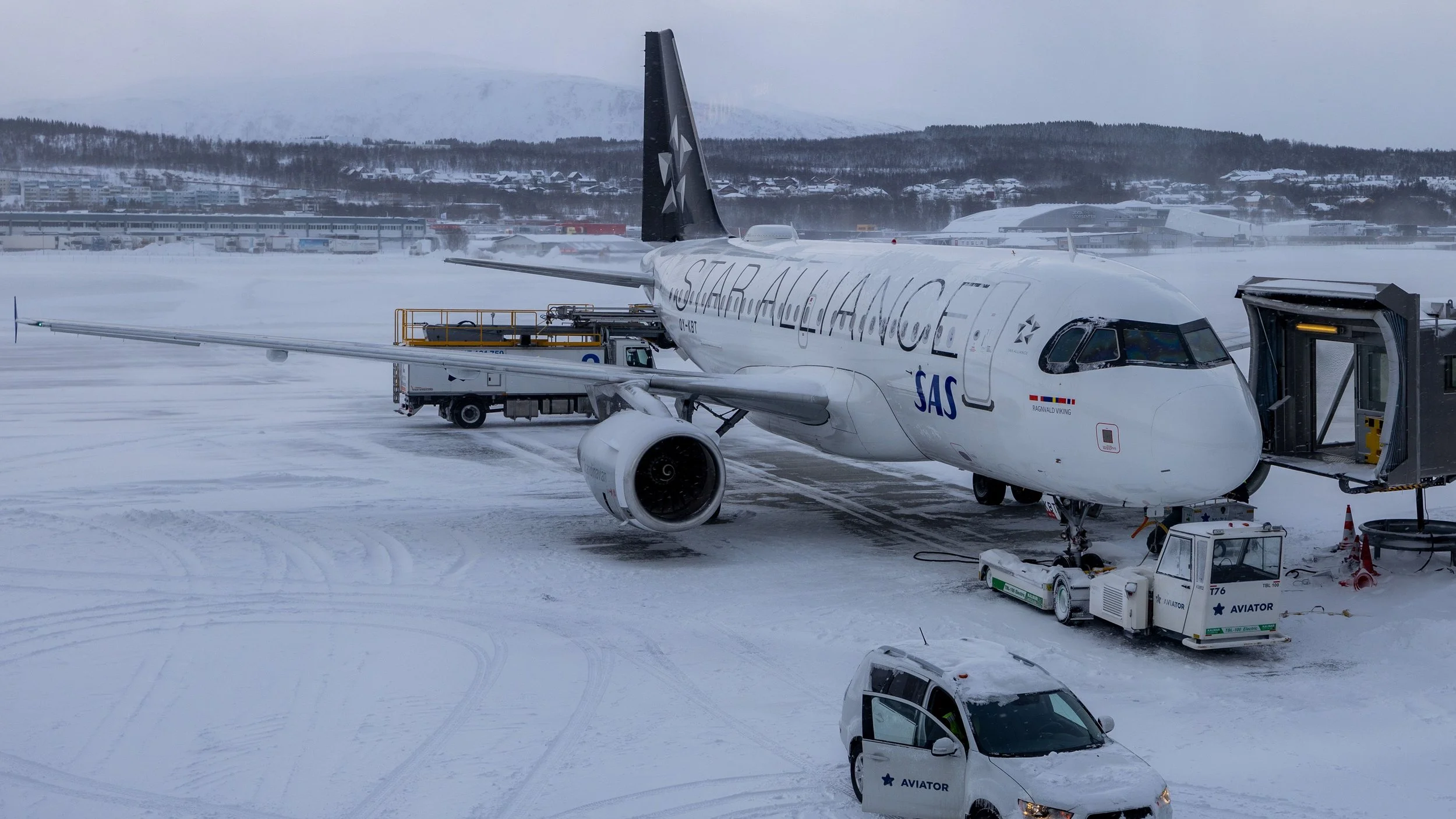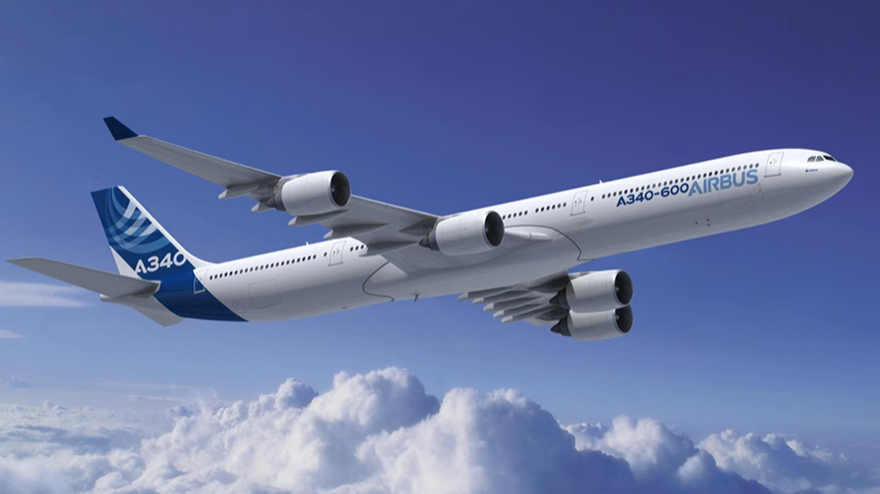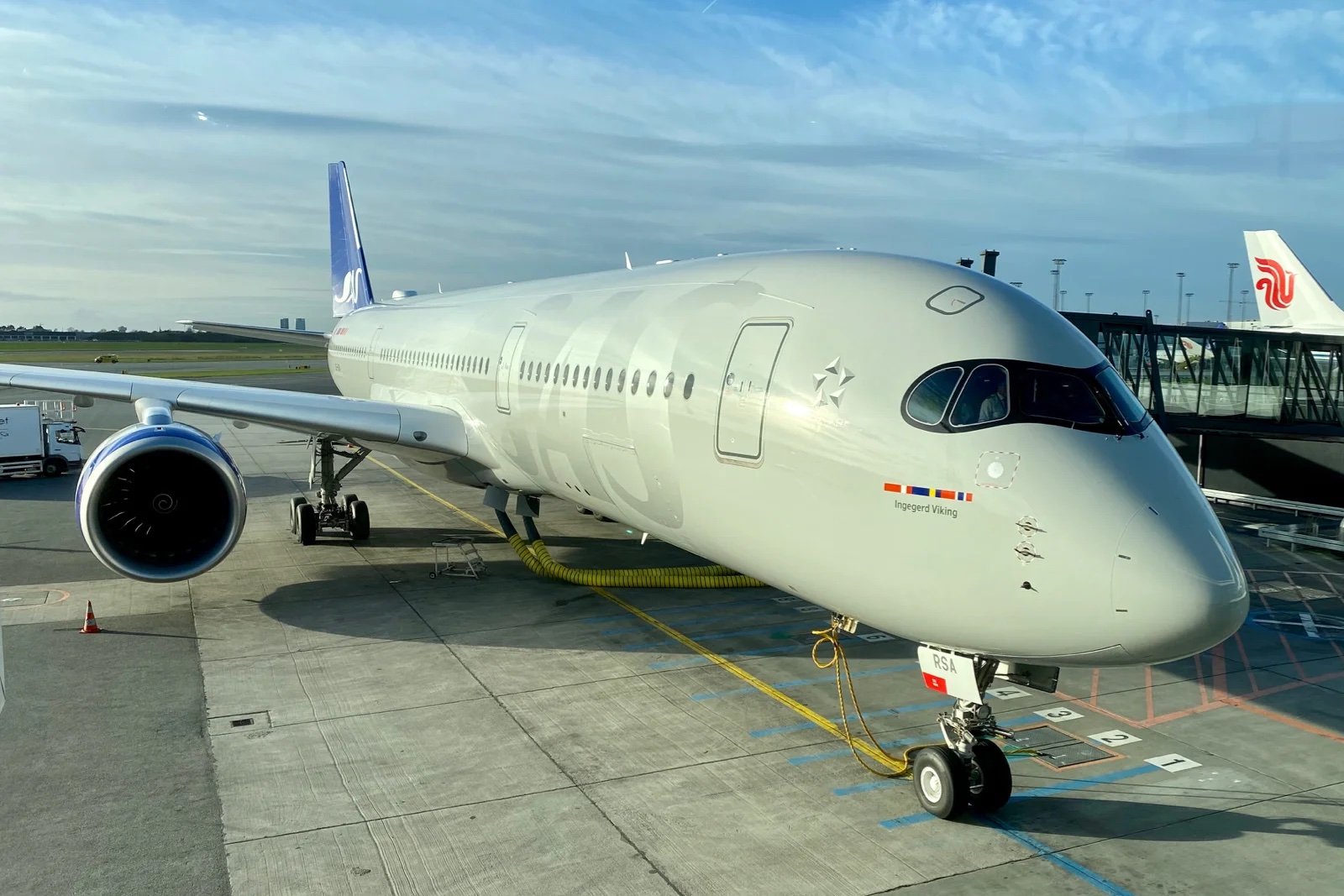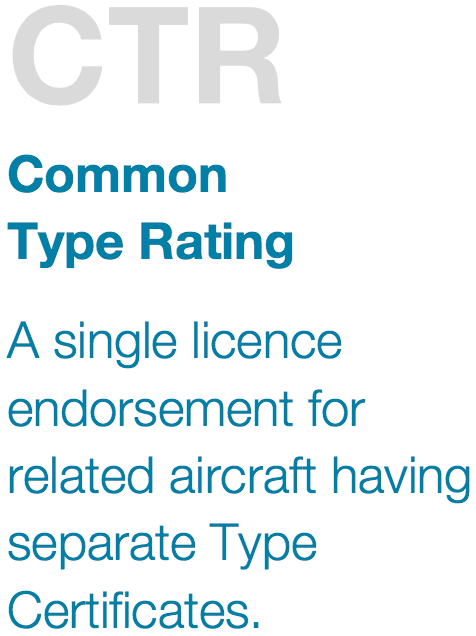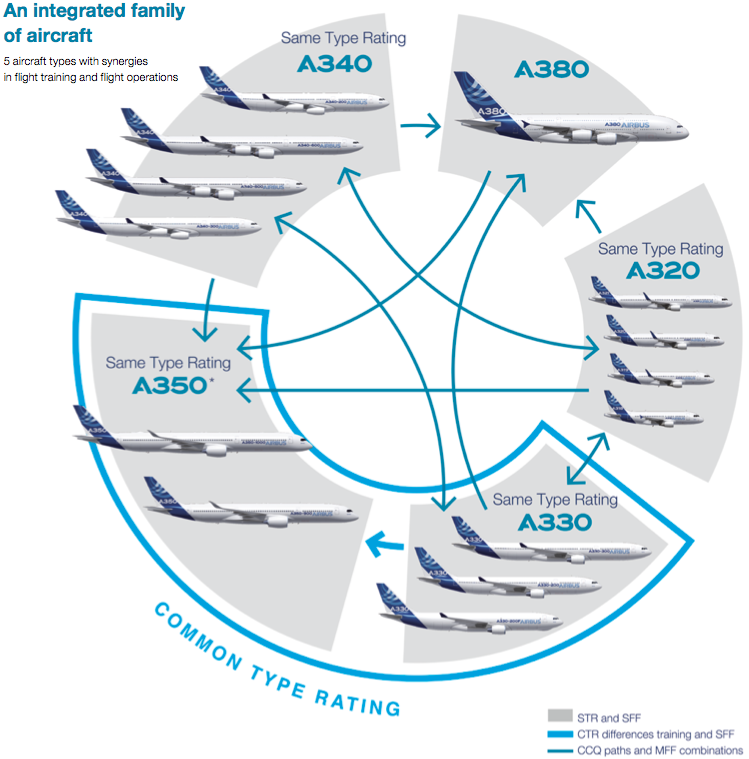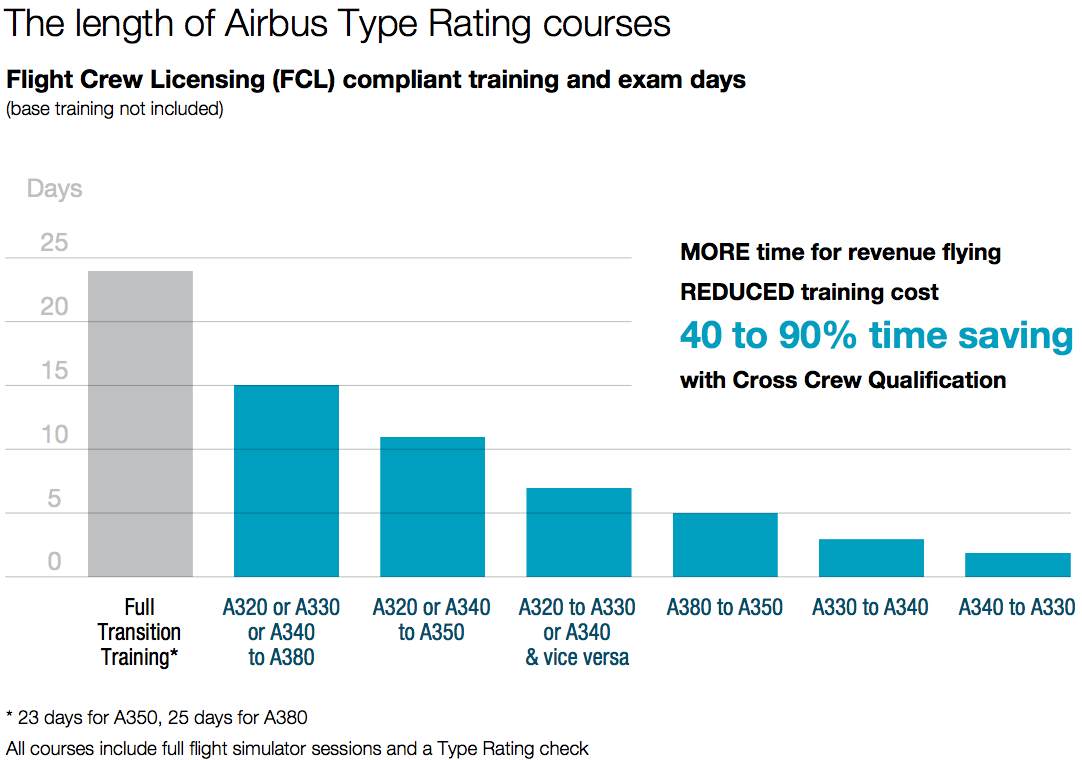On this page we will discuss the multitude of options you will have by selecting an AIRBUS Type Rating.
GATS offers you the following AIRBUS Type Rating courses:
A320 family
A330
A340
A350
CCQ
Join the AIRBUS #revolution
The Airbus A320 is a narrow-body commercial passenger aircraft designed and manufactured by Airbus. It is a highly efficient aircraft that has become increasingly popular with airlines around the world for short to medium-haul flights since its introduction in 1987. The A320 family has since grown to include the A318, A319, A320 and A321, each with varying capacity and range capabilities.
The A320 is designed with advanced avionics and fly-by-wire technology, which provides precise control and fuel efficiency. It can carry up to 221 passengers (A321) and has a range of up to 4.700nm (A321 XLR) . Its unique design and performance capabilities have made it a renowned aircraft among airlines.
The A320 has pocketed considerable industry awards, with accomplishments such as being the first commercial aircraft to use composite materials, and pioneering advanced features of the aircraft like the glass cockpit. Given its popularity and economic efficiency, the A320 is expected to continue its success as a leader in commercial aviation.
The Airbus A330 is a wide-body twin-engine aircraft designed for medium to long-haul flights. The A330 is one of the most popular models in the Airbus family, with over 1,500 aircraft in operation worldwide. Its versatility and efficiency make it a popular choice for both commercial airlines and military operations.
First introduced in 1994, the A330 has undergone several upgrades over the years to improve its performance and fuel efficiency. Today, the latest version of the aircraft, the A330neo, boasts even more advanced features including new engines and aerodynamic improvements.
The Airbus A330 can seat up to 440 passengers and has a range of approximately 7,400 nautical miles. Its spacious cabin and reliable performance make it a favorite among both passengers and crew.
With a proven track record of safety and reliability, the Airbus A330 has become a staple of the aviation industry and continues to serve as a trusted workhorse for airlines around the world.
The Airbus A340 is a popular wide-body, four-engine commercial aircraft designed and manufactured by Airbus. The aircraft was first introduced in 1993 and was in production until 2011. It is widely recognized for its impressive range and reliability, making it a popular choice for long-haul flights.
The A340 can accommodate up to 375 passengers in a typical three-class configuration, with a maximum range of over 9,000 nautical miles. Its design allows for a spacious cabin that is comfortable and provides ample space for passengers and their belongings.
The A340 is equipped with four engines, allowing it to operate on extended-range missions over water routes and in areas with extreme weather conditions. Its engines are quieter and more fuel-efficient than previous generations of aircraft, which is an essential consideration in today's environmentally conscious aviation industry.
Airbus has continually updated the A340 throughout its production years, with various improvements in its efficiency, performance, and passenger comfort. The aircraft has become a popular choice for airlines worldwide, and it remains a reliable workhorse having regained more popularity during the Covid-19 pandemic as it was converted to a freighter thanks to its ability in hauling large cargo.
The Airbus A350 is a long-range, wide-body aircraft designed and manufactured by Airbus, a leading aircraft manufacturer based in Europe. The A350 is Airbus’ answer to Boeing’s 787 Dreamliner, and boasts a number of impressive features that sets it apart from its competitors.
The A350 is designed with the latest in aerodynamic technology, including advanced materials and numerous innovative features designed to maximize fuel efficiency, reduce emissions, and minimize noise. The A350 also includes state-of-the-art avionics and flight control systems, making it an extremely reliable, safe, and comfortable aircraft for passengers and crew alike.
With a range of up to 9,700 nautical miles, the A350 is capable of flying nonstop on some of the world’s longest routes, such as from Los Angeles to Singapore or New York to Johannesburg. The aircraft is also designed with passenger comfort in mind, with large windows, spacious interiors, and low ambient noise levels.
Overall, the Airbus A350 is a world-class aircraft that is setting new standards in performance, efficiency, and passenger comfort. It is a testament to Airbus’ commitment to innovation and excellence in the aviation industry, and a clear indication of the future
CCQ
Cross Crew Qualification
Flight operational commonality between Airbus aircraft having separate Type Certificates and requiring separate Type Ratings varies from 40% for the A320-A380 to 90% for the A330-A340 combination, measured as a reduction in pilot transition training days relative to a standard Type Rating course duration.
The remaining transition training from one Airbus type to another is known as Cross Crew Qualification (CCQ). It consists of a reduced ground phase and a limited number of full flight simulator sessions (handling phase) followed by a Type Rating check. An A320 pilot needs five simulator sessions to qualify on the A380, for instance, whereas pilots without previous Airbus fly-by-wire experience typically have nine sessions.
CCQ may lead to Mixed Fleet Flying (MFF). Airbus defines MFF as the operation of multiple aircraft types – requiring separate licence endorsements – with a pool of multi-qualified pilots. MFF with Airbus aircraft is also practical and cost effective since:
Take-offs and landings in one type count towards recency of experience on other types, provided that one take-off and landing is performed in each type every 45 days (the A330-A340 combination does even better => only one take-off and landing in one and two in the other every 90 days)
Recurrent training, proficiency checks and line checks may alternate between types
So what is it?
Common Type Rating and Single Fleet Flying
The A330 and A350 have separate Type Certificates, but their handling characteristics are so similar that they have been granted a Common Type Rating (FAA designation) or single licence endorsement (EASA terminology).
Nevertheless, pilots qualified on the A330 need differences training for the A350, essentially because of the increased functionality and interactivity that the A350 cockpit offers. It involves four days of laptop based systems knowledge acquisition and procedures training plus four sessions in a non-moving Flight Training Device (EASA Level 2, FAA Level 6). Expensive full flight simulator sessions are not mandatory and neither is a full Type Rating check. That is why flight operational commonality between the A330 and A350 is expressed both in terms of pilot training days reduction (65%) and tuition savings (80%), relative to a standard A350 Type Rating course.
The A330 and A350 may be operated by one pool of pilots under a single licence endorsement (SFF) with the following credits:
• Take-offs and landings performed in any A330 or A350 count towards recency of experience on both
• Line and proficiency checks in any A330 or A350 are valid for both, provided that differences have been addressed in recurrent training
CCQ source material: Airbus FAST #58
ENTRY REQUIREMENTS
Valid license
Valid Airbus Type Rating with at least 150 hours of flight time on that type
ICAO English Language Proficiency Level 4 or more
COURSE CONTENT
3 days Ground School – CBT; instructor-led from the first day on
MFTD training
Performance training
Simulator training
Simulator check flight
A320 Base Training (scheduled separately)
DURATION
The duration of the CCQ course is approximately 7 days including your off days.
Base training for A320 (6 or 4 "touch and goes”) will be conducted by our airline partners following your simulator check flight.



